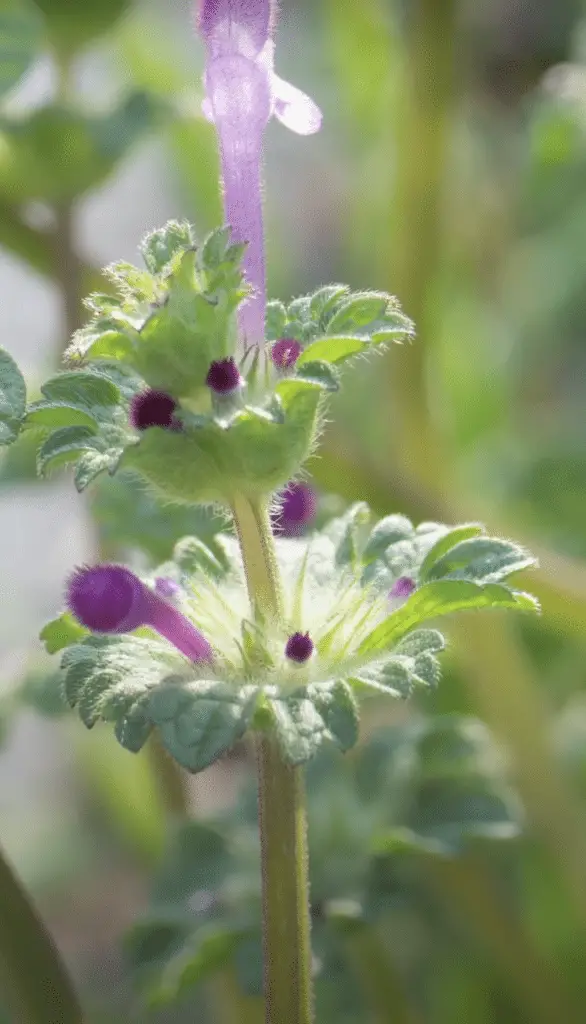How To Get Rid Of Henbit And Purple Deadnettle – is the article you’re searching for. Hopefully, you can find information related to How To Get Rid Of Henbit And Purple Deadnettle here, all of which we’ve summarized from various reliable sources.

A Gardener’s Guide to Banishing Henbit and Purple Deadnettle
As a seasoned gardener, I’ve encountered my fair share of pesky weeds. Among the most persistent and invasive are henbit and purple deadnettle. Their rapid growth and ability to spread like wildfire can quickly turn a pristine lawn or garden into an eyesore. But fear not, for I’ve devised a comprehensive guide to help you eliminate these weeds and restore your outdoor oasis.
The Unwelcome Visitors: Henbit and Purple Deadnettle
Henbit (Lamium amplexicaule) is a low-growing, winter annual weed that typically appears in late winter or early spring. Its rounded leaves and purple or pink flowers make it easy to identify. Purple deadnettle (Lamium purpureum), on the other hand, is a perennial weed with creeping stems and heart-shaped leaves. Its flowers range from purple to reddish-pink.
Controlling the Weed Menace
Cultural Control:
- Establish a healthy lawn: Regularly mow your lawn to a height of 2-3 inches to promote dense growth that will make it harder for weeds to establish.
- Control weeds early: Don’t let weeds go to seed. Remove them as soon as you spot them to prevent their spread.
- Mulch around plants: Spread a layer of mulch, such as shredded bark or compost, around your plants to suppress weeds and retain moisture.
Chemical Control:
- Pre-emergent herbicides: Apply a pre-emergent herbicide in early spring to prevent weeds from germinating.
- Post-emergent herbicides: Broadleaf herbicides, such as 2,4-D or dicamba, can be applied to control existing weeds. Follow the manufacturer’s instructions carefully.
Organic Control:
- Hand-pulling: While it may be tedious, hand-pulling weeds can be effective for small infestations. Be sure to remove the entire root system.
- Boiling water: Pour boiling water over weeds to kill them. This method is best used on small areas and can be harmful to nearby beneficial plants.
- Vinegar: Spray a solution of equal parts white vinegar and water on weeds. The acetic acid in vinegar will kill the plant.
Expert Advice
- Use multiple control methods: Combine cultural, chemical, and organic methods for maximum effectiveness.
- Be patient and persistent: Weed control is an ongoing process. Don’t get discouraged if weeds reappear. Repeat treatments as necessary.
- Consult with a professional: If you’re struggling to control henbit and purple deadnettle, consider contacting a licensed landscape professional for advice and assistance.
FAQ
Q: How do I prevent henbit and purple deadnettle from recurring?
A: Maintain a healthy lawn, remove weeds promptly, and apply a pre-emergent herbicide in early spring.
Q: Can I use natural methods to control these weeds?
A: Yes, hand-pulling, boiling water, and vinegar are effective organic methods for small infestations.
Q: How do I dispose of henbit and purple deadnettle?
A: Place pulled weeds in a plastic bag and dispose of them in the trash or compost them if they have not gone to seed.
Conclusion
With the strategies outlined in this guide, you can effectively get rid of henbit and purple deadnettle and maintain a weed-free lawn or garden. Remember, persistence and a multifaceted approach are key. Are you ready to reclaim your outdoor space from these invasive weeds?

Image: hillsborough-homesteading.com
Thank you for reading How To Get Rid Of Henbit And Purple Deadnettle on our site. We hope you find this article beneficial.